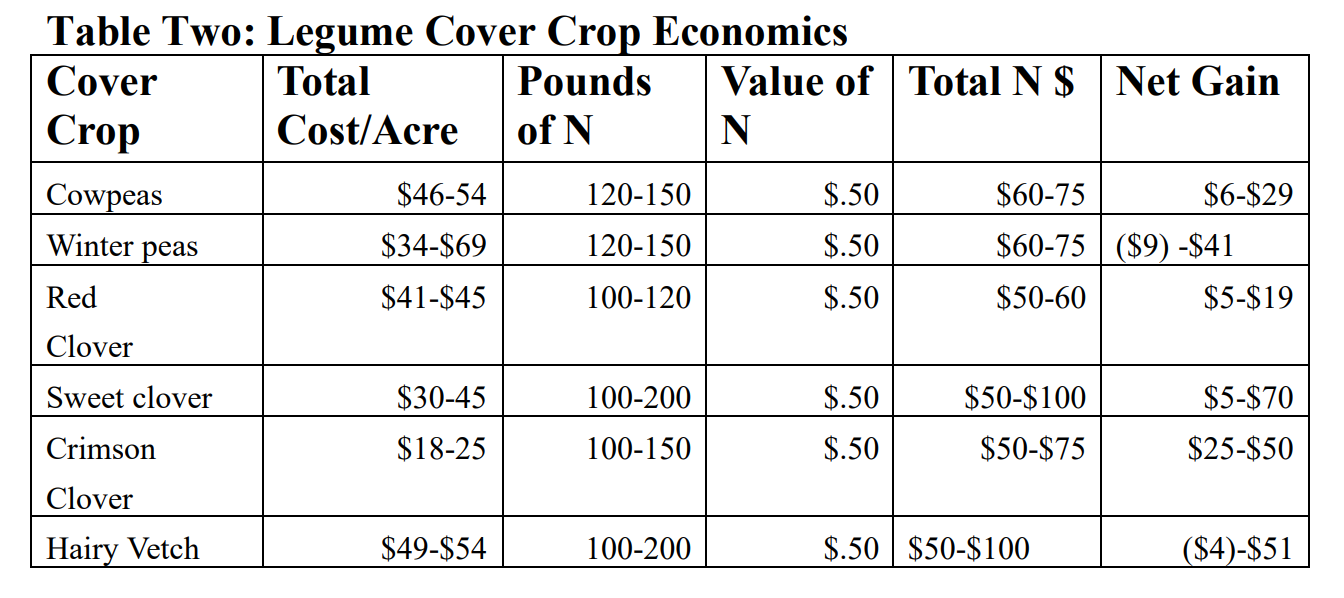Corn Silage Pricing

Since corn stands and yields are below normal, farmers may be interested in pricing their corn for corn silage. Two procedures for estimating corn grain yields prior to harvest are the YIELD COMPONENT METHOD and the EAR WEIGHT METHOD. Each method will produce yield estimates that are within 20 bu/A of actual yield. The YIELD COMPONENT METHOD can be used as early as the milk stage of kernel development. When below normal rainfall occurs during grain fill (resulting in low kernel weights), the yield component method will overestimate yields. In a year with good grain fill conditions (resulting in high kernel weights) the method will underestimate grain yields. For the Yield Component Method, Dr. Bob Nielsen at Purdue University suggests that a "fudge factor" of 80 to 85 (85,000 kernels per 56 lb bushel) is a realistic value to use in the yield estimation equation today, since kernel size has increased. Step 1. Count the number of harvestable ears in a length of row equivalent t...
